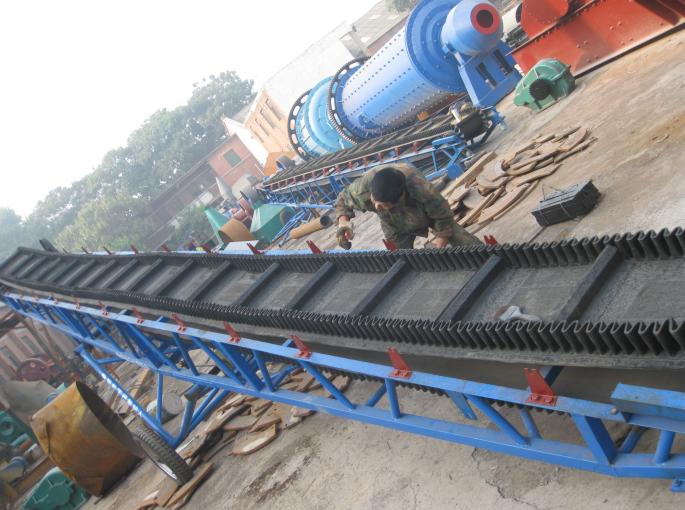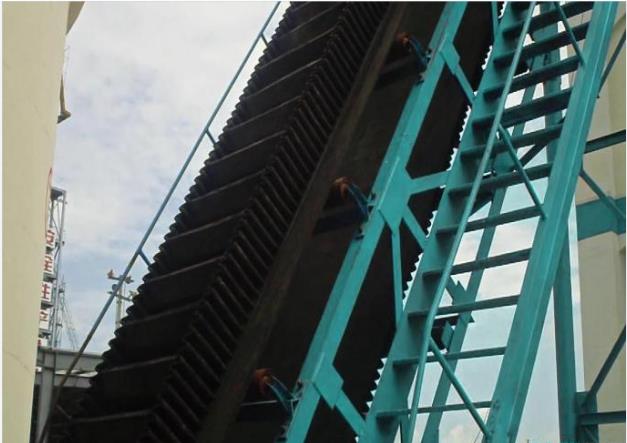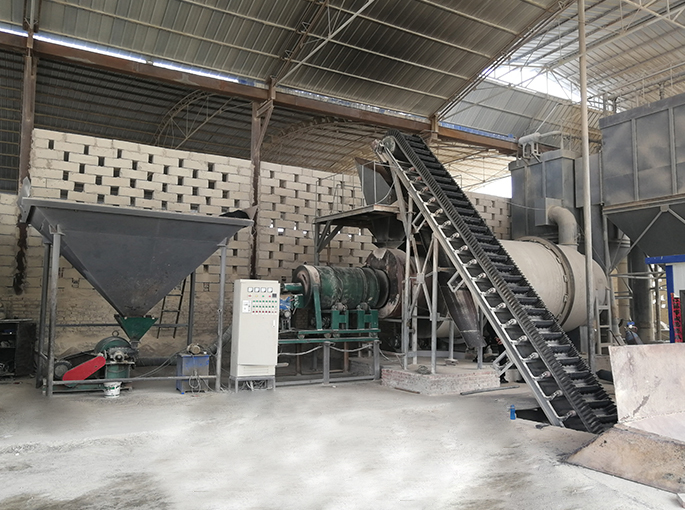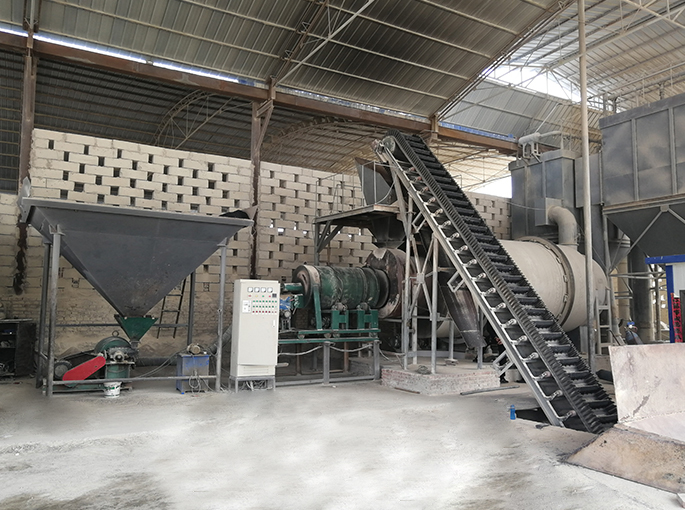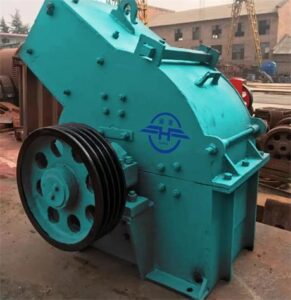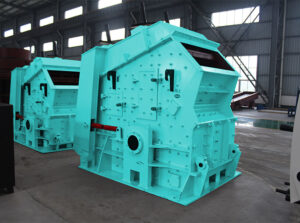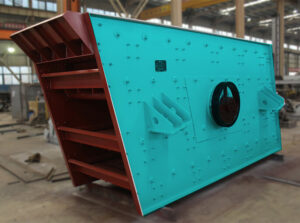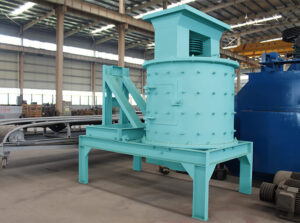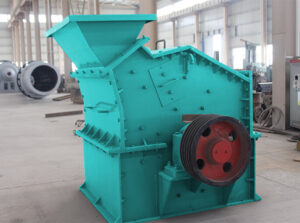Product advantage
Compared with the general belt conveyor, the large-angle belt conveyor has the advantages of small footprint, low energy consumption, and high operating efficiency, which is not limited by geological conditions and industrial site layout. In particular, the wave-shaped belt conveyor and the pressure belt conveyor that can achieve vertical lifting have great advantages in the market competition due to their continuous, low-cost and high-efficiency characteristics.
With the rapid development of the global economy, the position of the lifting transportation manufacturing industry is becoming more and more prominent, and the requirements for the conveyor are getting higher and higher, large volume, long distance, reliable and efficient large Angle belt conveyor is also particularly important, so the large Angle belt conveyor will have greater use and broader development prospects.


